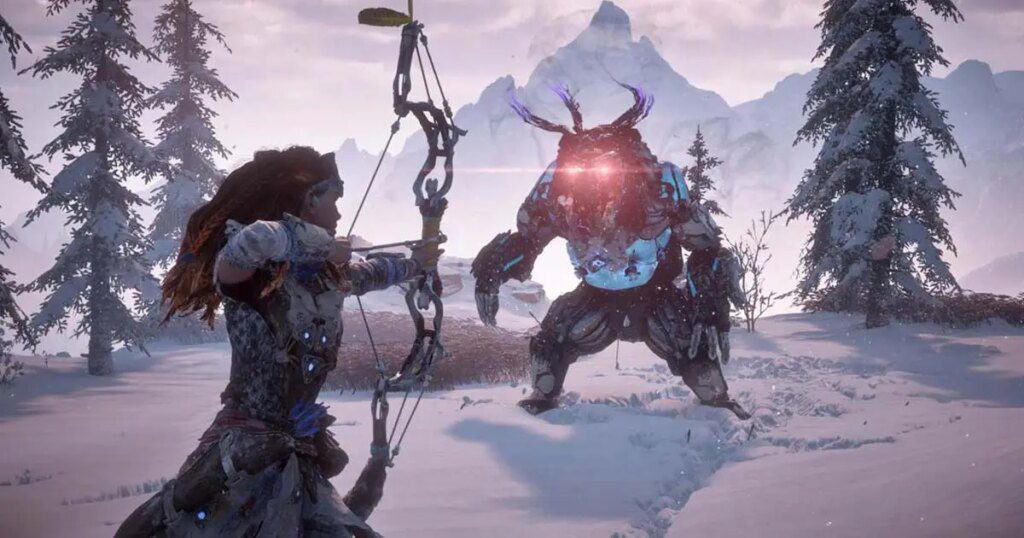The artistic process of game production involves pre-production, concept art, building assets, texturing and animating, game engines, programming, and final polishing. The first step is pre-production, where the game design team brainstorm ideas and create a rough idea of what the game will be about. Concept art is then created to visually represent the game’s world, characters, and environments. Assets are built to populate the game world, which are then textured and animated. The game engine is used to build the game world, while programming is responsible for scripting the game’s mechanics. Finally, the game is polished with touch-ups, bug fixes, and tweaks to ensure it is engaging and balanced.
Introduction:
The video game industry is currently one of the fastest-growing entertainment industries worldwide with millions of people playing games every day. Making a game from start to finish is no easy feat; it requires not only creativity but also technical skills and time. In this article, we will delve into the artistic process of game production and explore how a concept art sketch can turn into a fully-functional video game.
Pre-production:
The first step in creating a game is pre-production. This is where ideas are brainstormed, a concept is created, and the game’s overall vision is defined. The game design team comes up with a rough idea of what the game will be about and what players will experience when playing it. During the pre-production stage, concept art pieces are created using different software such as Photoshop or SketchUp.
Concept Art:
Concept art is the starting point of the creative process in video games. This phase of game production is where artists create a visual representation of the game’s world, characters, and environments. Concept art not only helps developers flesh out their ideas, but it is also used to pitch the game’s concept to stakeholders or investors.
This artwork can take different forms, such as sketches, digital drawings, and even 3D models. Artists use different techniques, such as lighting, textures, and color palettes, to create a mood or atmosphere that will immerse the player in the game’s world. The goal of concept art is to create a visual style of the game that will carry throughout the entire project.
Building Assets:
Once the concept art is done and the game’s visual style is established, development can begin. Assets are created to populate the game world, including characters, props, backgrounds, and environments. These assets are created using programs such as Maya or ZBrush, which allow artists to create 3D models that will be used in the game.
Creating these assets takes time and skill, as they must be created with polygon counts optimized for real-time rendering. Artists must consider things such as animation, physics, and lighting when creating assets to ensure they are optimized for the game engine. This part of the process can take several months, depending on the scope of the game.
Texturing and Animating:
Once 3D assets are created, they need to be textured and animated. Texturing involves applying a layer of color or texture to the 3D model’s surface, bringing life and depth to the asset. Animating an asset involves creating a sequence of movements that the 3D model will follow in-game. Animating can include everything from simple character movements like walking or jumping to complex fight scenes or cinematic moments.
Game Engines:
After assets are created, textured, and animated, they must be imported into a game engine. The game engine is the software that powers the game and makes it interactive. There are many different game engines, such as Unity, Unreal Engine, and CryEngine. These engines are used to build the game world, including the environment, objects, characters, and artificial intelligence.
Programming:
Programming is an essential part of the game development process. Programmers work alongside the artists to ensure the game is optimized for performance, and all the assets are tied together. They are responsible for scripting the game’s mechanics, including player, enemy, and object interactions, UI, and various game states. This phase also allows developers to test the game and diagnose any bugs or issues that need to be resolved before the game’s release.
Final Polishing:
Once the game is fully built, tested, and programmed, developers focus on final polishing. The game’s final polish can make a profound difference in how the game feels and is perceived by players. This phase includes touch-ups, bug fixes, and tweaking elements such as sound, music, and graphics. The goal is to ensure the game is engaging, balanced, and creates the desired emotional reactions from the player.
Conclusion:
Creating a video game is a complex and time-consuming process, and it all starts with concept art. Concept art helps set the tone and visual style for the game, which is carried through to the final product. As game development continues to evolve, artists and programmers must learn to work together to create engaging and immersive experiences that captivate players. From pre-production to final polishing, each step of the artistic process is crucial to making a successful game.
